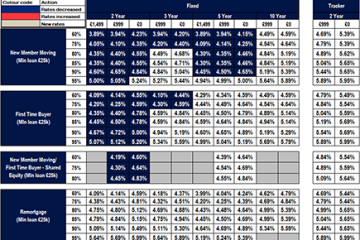The Road Ahead: Autonomous Driving Technology Reaches New Milestones in 2025

The Evolution of Autonomous Driving
The automotive landscape is being redefined by cutting-edge features supporting Advanced Driver Assistance Systems (ADAS), Highly Automated Driving (HAD), and superior sensor integration, which are shaping the driving experience of tomorrow.
Current State of Technology
Recent developments have enabled Hands-Free and Eyes-Off (SAE Level 3) functionality at speeds up to 60 km/h (37 mph), even in challenging conditions like nighttime driving. Additionally, Level 2 (hands on) and Level 2+ (hands off, eyes on) capabilities are available at higher speeds, featuring Adaptive Cruise Control and lane centering functions.
Waymo, a leading player in autonomous driving technology, now facilitates over a quarter of a million trips weekly across major US cities including San Francisco, Los Angeles, Phoenix, and Austin. Their safety record shows impressive results, with 81% fewer injury-causing crashes compared to human drivers.
Industry Partnerships and Innovation
A significant development is the recent partnership between Toyota and Waymo, founded on their shared vision of improving road safety and mobility accessibility. The collaboration aims to develop a new autonomous vehicle platform while exploring ways to enhance next-generation personally owned vehicles with Waymo’s autonomous technology and Toyota’s vehicle expertise.
Technological Advancements
The integration of IoT technology enables autonomous vehicles to connect with the internet, other vehicles, and infrastructure, facilitating real-time data analysis and decision-making based on current traffic conditions. Modern sensor technologies, particularly LiDAR, use laser scanning to create 3D environmental representations, enabling autonomous vehicles to react more quickly than human drivers.
Looking to the Future
While significant progress has been made, the industry still faces challenges including regulatory hurdles, safety concerns, and the complexity of real-world driving environments. Experts now view the rollout of driverless cars as a gradual process rather than an immediate transformation.









